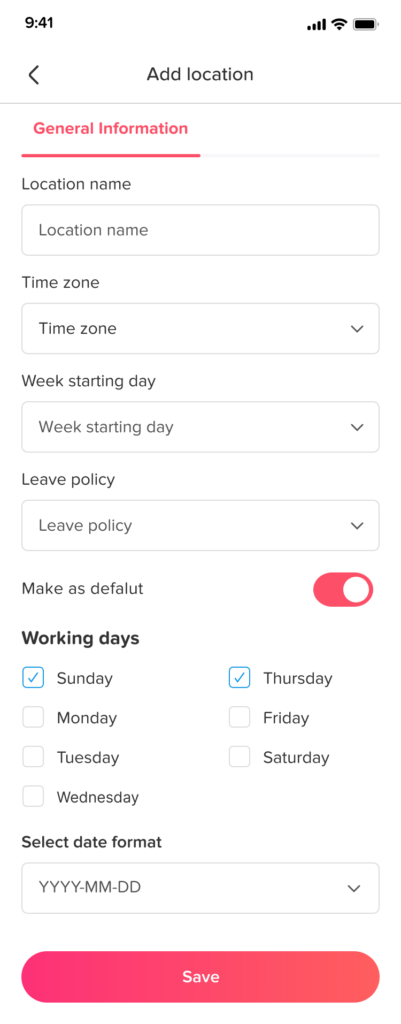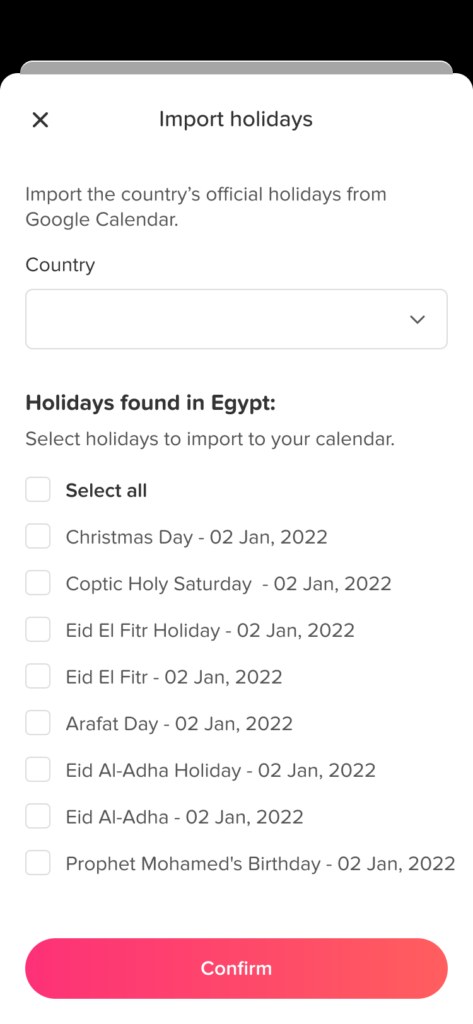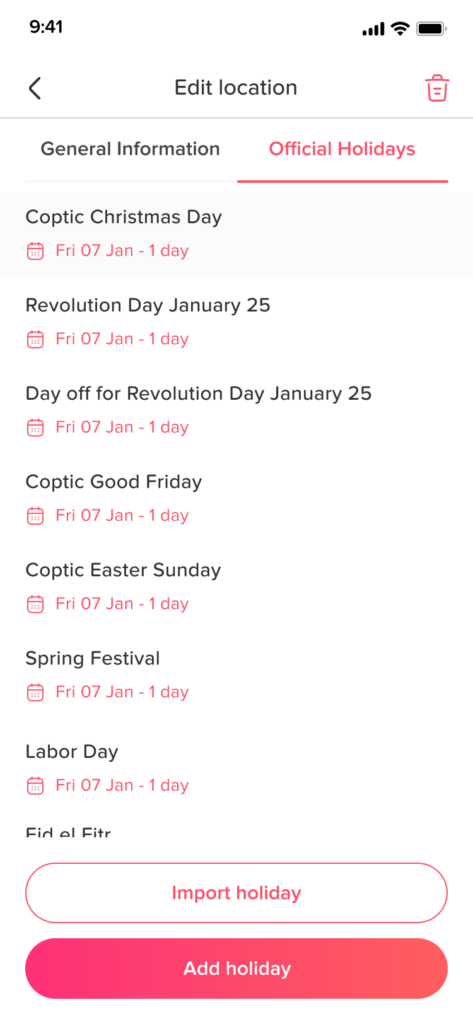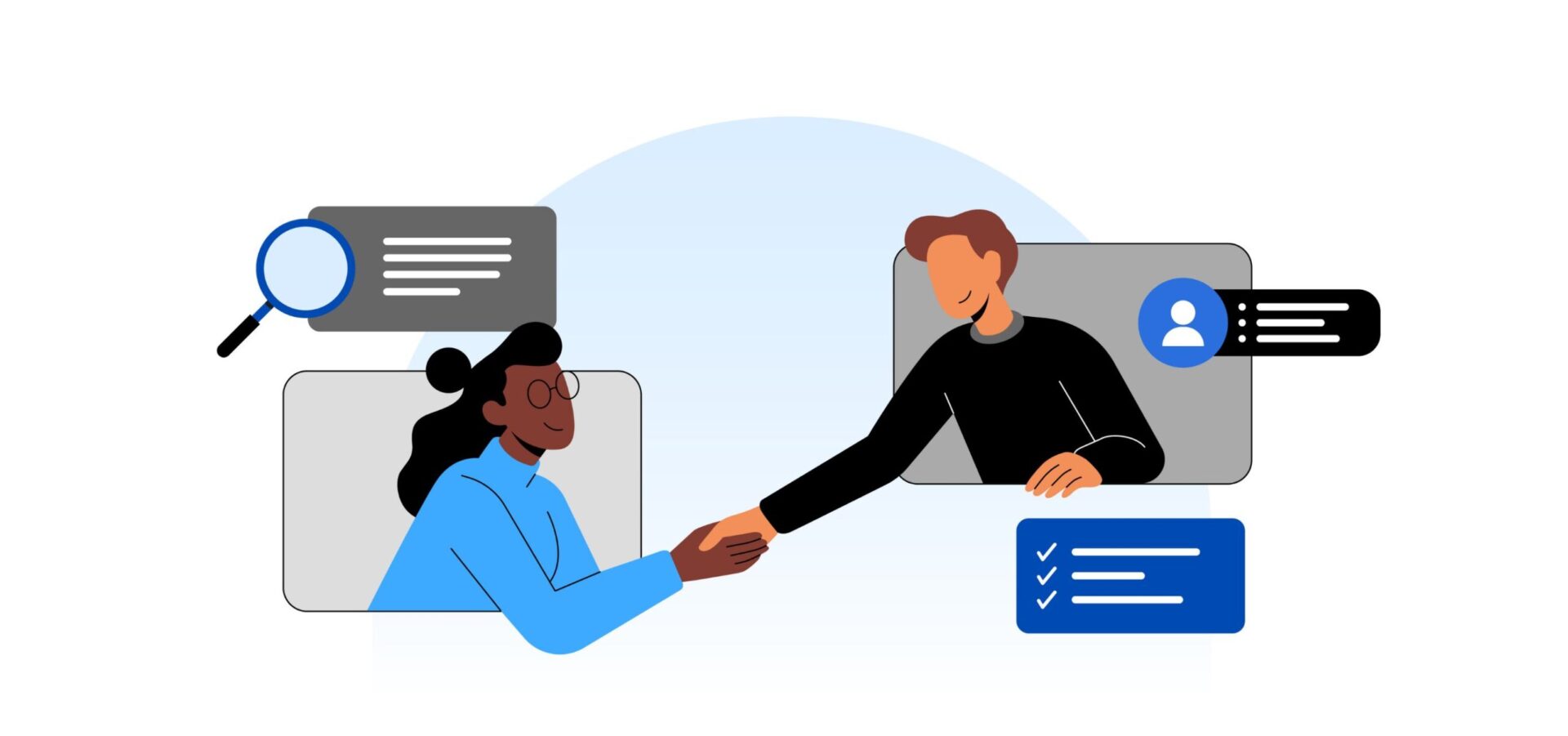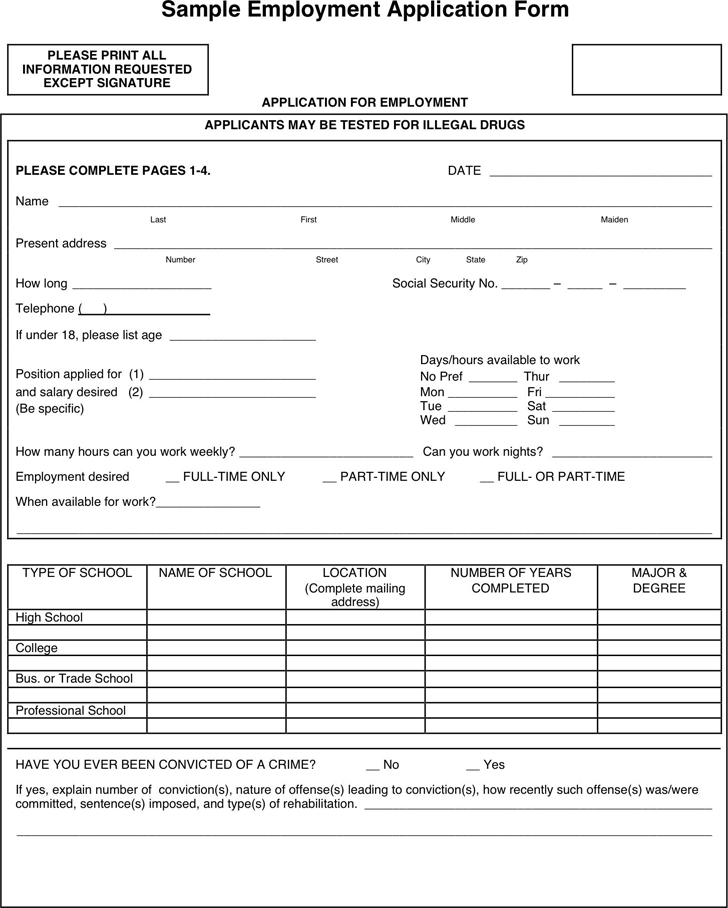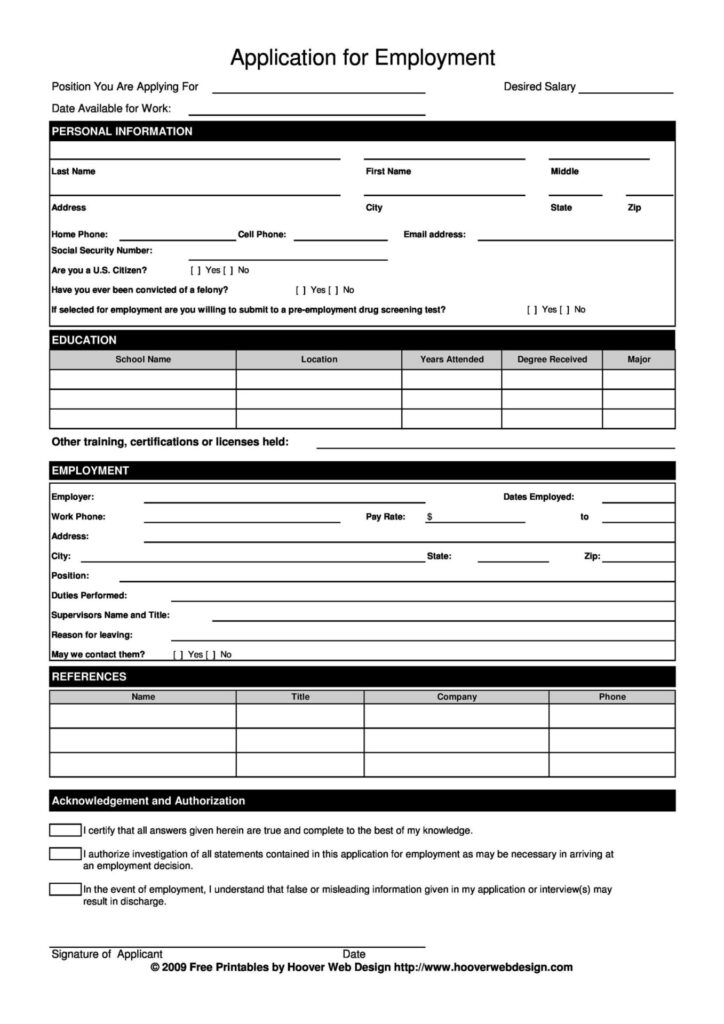An autoresponder, or out of office message (OOO) is a pre programmed email response that appears when a person is not actively monitoring their inbox and is unable to responsive to emails in a timely manner. This automated reply lets the email sender know that the receiver is not available right now and gives an approximate time frame for when they will be back in regular communication. This tool is useful for controlling expectations around communication, particularly when someone is unable to respond to emails right away due to a vacation, or a day off, or work travel, or other circumstance.
When writing an out of office message there are some factors you need to focus on and the opposite, achieving a balance between helpfulness, transparency, and professionalism is crucial. Here are some things to avoid and important things to pay attention to:
Things You’ve to Pay Attention to:
Clarity: Be Precise About Your Absence Dates
One of the most important aspects of an out of office message is clarity regarding when you will be unavailable and when you plan to return. Vague messages like “I’ll be away for a few days” or “I’m out of the office” leave the sender guessing, which can lead to frustration or repeated follow ups.
Clearly stating your absence period helps the sender understand exactly when they might expect a response, which allows them to plan accordingly. For instance, specifying “I will be out of the office from July 1 through July 10 and will return on July 11” leaves no room for misunderstanding. This transparency is crucial, especially for clients or colleagues who rely on your timely feedback for decision-making.
In addition, being clear about your availability reduces the risk of missed deadlines or miscommunication. It also protects your work-life balance by preventing people from expecting immediate replies during your downtime.
Etiquette: Show Appreciation and Professionalism
A simple expression of gratitude can significantly enhance the tone of your out of office message. Starting with a phrase like “Thank you for your email” acknowledges the sender’s effort in reaching out and sets a polite, professional tone.
This small courtesy fosters positive communication and demonstrates respect for the sender’s time and concerns. It also softens the fact that you are currently unavailable, making your absence feel less like a barrier and more like a temporary pause.
Maintaining a professional tone throughout the message reinforces your reliability and dedication, even when you are away. Avoid sounding cold or indifferent; instead, aim for warmth and sincerity without being overly informal.
Alternative Contact Information: Provide Reliable Backup
Offering a point of contact who can assist during your absence is one of the most helpful things you can do for the sender. This might be a colleague, manager, or a support team member who is authorized and equipped to handle urgent issues or queries.
When you provide an alternative contact, be sure to include their full name, email address, and phone number if appropriate. This not only helps the sender get the assistance they need without delay but also demonstrates your commitment to ensuring continuity despite your absence.
Having a reliable backup contact avoids potential bottlenecks or delays in workflow and can prevent escalation of issues simply because you are not available. It also shows good teamwork and responsibility, reassuring clients and coworkers that their concerns are being taken care of.
Emergency Contact: Specify When to Escalate
Sometimes, despite the alternative contact, there may be situations that require immediate attention beyond the usual scope. In such cases, it’s vital to clearly indicate an emergency contact, such as a direct supervisor, department head, or an emergency support line.
Stating the emergency contact explicitly in your message helps differentiate routine inquiries from critical issues. It also ensures that urgent matters are addressed promptly by the right person, reducing the risk of negative consequences due to inaction.
For example, your message could say: “For urgent matters requiring immediate attention, please contact [Manager’s Name] at [Email/Phone Number].” This delineation sets clear boundaries and expectations about when to escalate issues.
Reassurance: Let the Sender Know You Value Their Message
People want to feel heard and valued, even when you’re not available to respond right away. Including a line such as “I appreciate your message and will get back to you as soon as possible after my return” reassures the sender that their communication is important to you.
This reassurance helps maintain goodwill and patience, reducing the likelihood of frustration or repeated emails demanding a response. It also reflects positively on your professionalism and attentiveness.
The sender leaves the interaction feeling respected and confident that their email will be addressed, preserving strong working relationships and client satisfaction.
Professional Closing: Sign Off Politely and Clearly
The closing of your out of office message is your final impression. Use a courteous sign off like “Best Regards,” “Kind Regards,” or “Sincerely” to keep the tone formal and professional.
Include your full name, job title, company name, and optionally your email and phone number. This provides the sender with full context about who you are, which is especially important for external contacts or new clients who may not recognize your email address.
A complete and polished sign off reinforces your credibility and makes it easier for the sender to reach out to you or your backup contacts in the future.
Things to Avoid:
Avoid Ambiguous or Vague Dates
Being vague about your absence can cause confusion and mismanaged expectations. For instance, saying “I’ll be back soon” or “I’m out for a few days” without specifying exact dates leaves senders unsure of when to expect a reply.
Ambiguity can result in unnecessary follow-ups, frustration, and even missed opportunities. Always provide clear start and end dates to help everyone plan communications effectively.
Avoid Over Disclosure of Personal Details
While it’s important to be transparent about your unavailability, sharing too many personal details (such as reasons related to health, family, or sensitive personal matters) is usually unnecessary and can reduce professionalism.
Keep the message succinct and focused on availability rather than personal circumstances. For example, “I am currently out of the office on medical leave” is sufficient without elaborating further.
Maintaining discretion protects your privacy and keeps the communication business appropriate.
Avoid Using Complex Vocabulary or Jargon
Your out of office message should be clear and accessible to all readers, regardless of their familiarity with your field.
Using technical jargon, acronyms, or complex phrasing can confuse senders, especially external clients or stakeholders who might not be familiar with internal terms.
Instead, opt for simple, straightforward language that clearly conveys your message to everyone.
Avoid Humor or Sarcasm
Humor and sarcasm, while sometimes tempting to lighten the message, are best avoided in OOO messages. What might seem funny to you can be misinterpreted or misunderstood by recipients, leading to confusion or even offense.
Since an out of office reply is a form of formal business communication, maintaining a neutral and professional tone helps avoid any negative perceptions or miscommunication.
Avoid Grammatical Errors and Typos
Grammatical mistakes or spelling errors can damage your professional image and reduce the credibility of your message.
Since the out of office message represents you when you’re not available, proofreading is essential to ensure it’s error free.
Taking the extra time to verify spelling, punctuation, and grammar shows attention to detail and respect for your recipients.
Avoid Informal Language and Abbreviations
Expressions like “brb,” “ttyl,” or excessive abbreviations are suitable for casual messaging but inappropriate in professional emails.
Your out of office message should use formal, respectful language to match the tone expected in workplace communication.
Informal language may cause the sender to question your professionalism or take your absence less seriously.
Some Out of Office Message Examples
Example 1: Vacation out of office message
Subject: [Your Name] is out of the office.
Hi there,
I appreciate you reaching out to me. I’m currently on vacation, so I won’t be able to reply to emails until [Date of your return]. I will only have restricted access to my email during this time.
Please call [Alternative call Person’s Name] at [Alternative Contact Person’s Phone Number] or [Alternative Contact Person’s Email] if your situation is urgent.
Thank you for your understanding, and I will respond as soon as I can after I return.
Warm Regards,
[Your Full Name]
[Your Position]
[Your Company]
[Your Email Address]
[Your Phone Number]
Feel free to customize these templates according to your specific situation and preferences
Example 2: Out of office message for medical leave
Subject: [Your Name] is out of the office.
Hello,
Thank you for reaching out. I will not be able to reply to emails until [Date of your return] as I am presently on medical leave. I’m not able to check my email right now.
Please get in touch with [Alternative Contact Person’s Name] at [Alternative Contact Person’s Phone Number] or [Alternative Contact Person’s Email] for any urgent matter.
Thank you for your patience and understanding. When I get back, I’ll reply to your email as soon as I can.
Best Regards,
Example 3: Business trip out of office message
Subject: [Your Name] is out of the office.
Greetings,
I appreciate your email. Since I’m on a business trip right now, I won’t be able to reply to emails until [Date of your return]. During my journey, I might not have constant access to my email.
Please contact [Alternative Contact Person’s Name] at [Alternative Contact Person’s Email] or [Alternative Contact Person’s Phone Number] if your situation has to be addressed right away.
Thank you for your understanding, and as soon as I’m back, I’ll get back to you via email.
Warm Regards,
Frequently Asked Questions (FAQ) About Out of Office Messages
What is the purpose of an out of office message?
An out of office (OOO) message serves to automatically inform anyone who emails you that you are currently unavailable to respond promptly. It manages expectations by communicating your absence period and provides alternative contact options if necessary. This prevents frustration and confusion for the sender and maintains professionalism in your communications.
When should I set up an out of office message?
You should activate your out of office message any time you anticipate being unable to reply to emails promptly. This includes vacations, medical leave, business trips, personal days, or unexpected emergencies. It’s best to set it just before you leave and keep it active until you are back and ready to respond to emails.
How detailed should my out of office message be?
Your message should be clear and concise. Include essential information such as:
-
Exact dates you will be unavailable and when you will return
-
A polite greeting and thank you
-
Alternative contact details if available
-
Emergency contact information if necessary
-
A reassuring note that you will respond when you return
Avoid oversharing personal details or using jargon. The message should be professional and easy to understand.
Should I include an alternative contact person in my message?
Yes, including an alternative contact is highly recommended whenever possible. This helps ensure urgent matters are addressed in your absence and provides a helpful resource for the sender. Make sure the person listed is aware and prepared to handle inquiries.
Can I include a personal message or humor in my out of office reply?
It’s generally best to avoid humor, sarcasm, or overly personal messages in your OOO reply. Since this is a professional communication that might be received by clients, colleagues, or supervisors, maintaining a respectful and neutral tone helps prevent misunderstandings or offense.
How long should my out of office message be?
Keep your message short and to the point, usually 3-5 sentences. You want to provide necessary information without overwhelming the recipient. A concise message respects the sender’s time and clearly communicates your absence and alternatives.
What if I forget to turn off my out of office message after returning?
If your OOO message remains active after you have returned, it can cause confusion and frustration for senders expecting a timely response. It’s important to disable or update your autoresponder as soon as you are back to avoid this. Regularly checking your email settings or setting a calendar reminder can help prevent this oversight.
Can I customize out of office messages for different audiences?
Many email platforms allow you to create different autoresponders for internal vs. external contacts. This is useful for tailoring the tone and information based on whether the recipient is a colleague or a client. For example, you might be more formal with clients and more casual internally, while still keeping professionalism in both.
Is it okay to mention that I have limited access to email during my absence?
Yes, it’s appropriate to indicate if you will have limited or intermittent access to email. This sets realistic expectations about response times and helps senders decide whether to wait for your reply or contact someone else.
What if I need to check my email occasionally while away?
If you check email sporadically, you should still use an out of office message to clarify that replies may be delayed. For example, you can say: “I will be checking email periodically but may not respond immediately.” This helps manage expectations without misleading anyone.
Can I automate responses for other communication platforms like Slack or Teams?
Yes, many communication platforms have similar autoresponder or status-setting features that can indicate your availability. For example, setting your status to “Away” or “Do Not Disturb” and using automated replies on Slack or Microsoft Teams complements your email out of office message and helps maintain clear communication across channels.
How can I make sure my out of office message sounds professional?
To maintain professionalism:
-
Use polite and respectful language
-
Avoid slang, abbreviations, or informal expressions
-
Proofread carefully to avoid grammar and spelling errors
-
Keep the tone neutral and courteous
This ensures your message reflects well on you and your organization.
Is it appropriate to include my contact information in an out of office message?
Yes, including your contact information such as your phone number or email is helpful, especially if the sender needs to reach you urgently. However, be mindful about privacy and company policy when sharing contact details. Alternatively, provide the contact details of a designated colleague for urgent matters.
What should I do if I’m unsure who to list as an alternative contact?
If you are uncertain about the appropriate backup contact, consult your supervisor or team leader before setting your out of office message. It’s important that the person listed can handle inquiries competently and is informed about your absence.
Can an out of office message affect my email security?
Out of office messages reveal to anyone emailing you that you are away, which could potentially be exploited by malicious actors to identify opportunities for phishing or other attacks. To minimize risk, avoid disclosing detailed personal information or exact absence dates if security is a concern. Stick to professional, minimal information.
Conclusion
To sum up, creating a strong out of office message is crucial to upholding professionalism in communicating and controlling expectations during your absence. You can make sure that people understand that you are unavailable and know what to do in your absence by emphasizing clarity, being courteous, and including necessary information like your return dates and other contact information. Preventing ambiguous wording, excessive disclosure, humour, and informal tones enhances the impact of your message even more. In addition to reflecting your expertise, a well-written out of office message guarantees that your contacts feel informed and valued, which enhances the communication experience for all parties.





